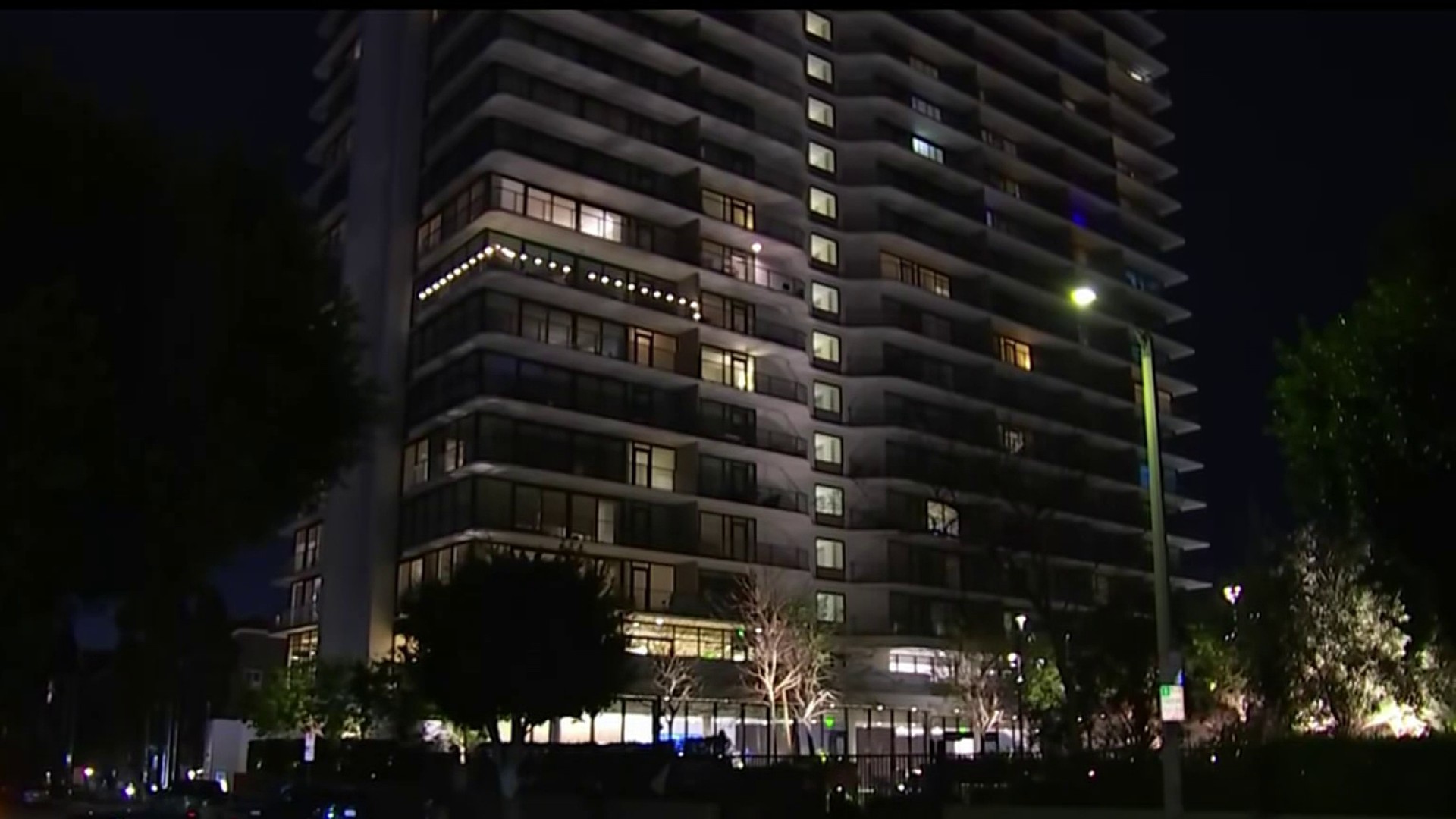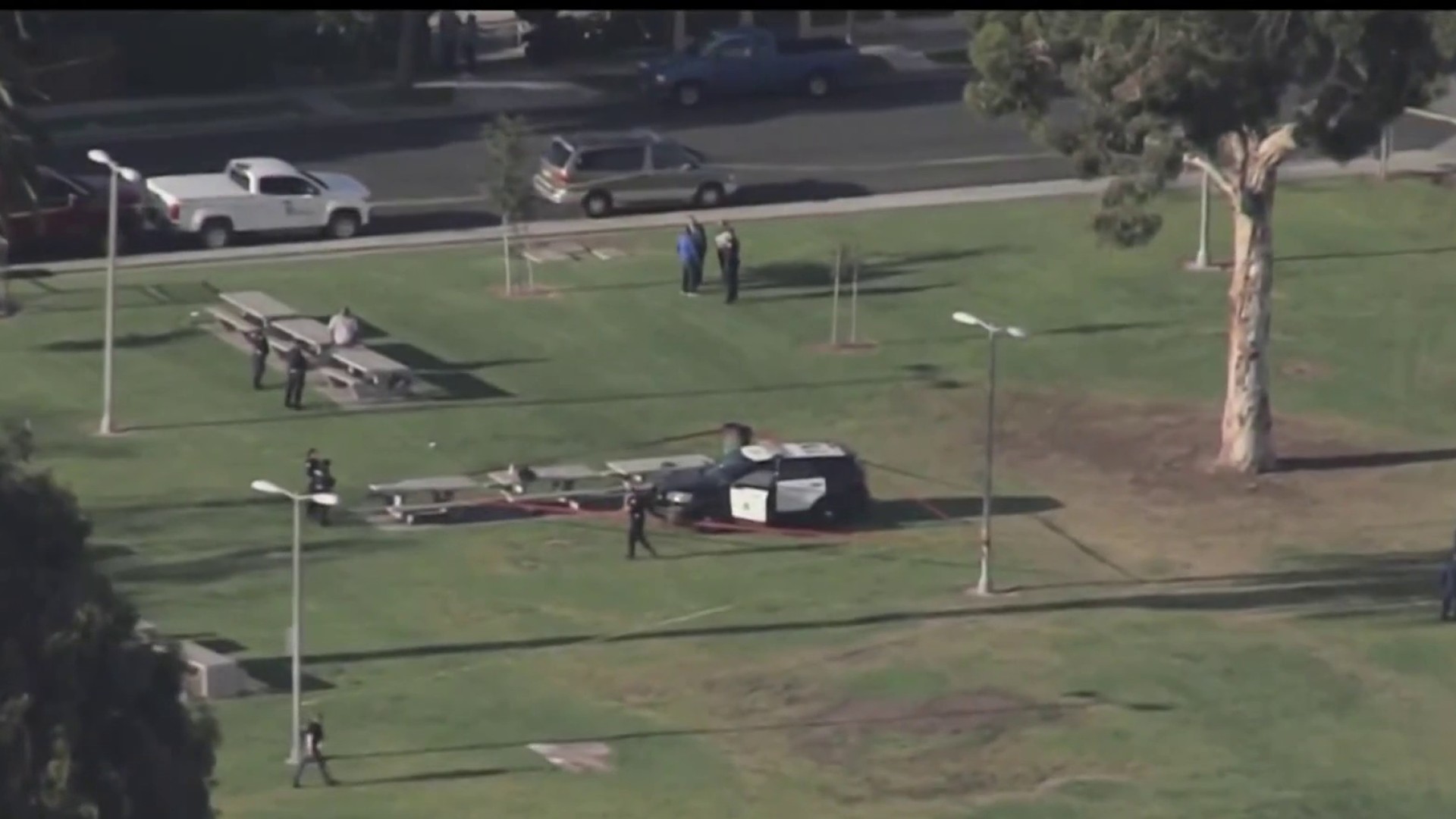The tsunami surge from Chile had largely dissipated its energy by the time it reached Southern California early Thursday, but provided a test run for emergency tsunami warnings, officials said.
Text messages were sent to smartphones in low-lying coastal areas, and lifeguards personally delivered cautions to boaters and early-morning beach visitors.
Officials said it was both worthwhile and a valuable run-through of notification systems.
"Though this was advisory — a low level event —but it had the potential to create strong currents in our boat basins and harbor areas. So it was prudent to go ahead and do this," said Jeff Reeb, director of Emergency Management for Los Angeles County. Reeb traveled to Marina del Rey early Thursday the morning to check conditions.
As it was, the tsunami surge was all but invisible along beaches.
The Port of Long Beach reported a nine-inch surge. Some shippers suspended vessel movements briefly as a precaution, but quickly resumed, said port spokesman Art Wong.
On docks in Marina del Rey, boats moved and tie lines jerked as water levels ebbed and flowed with the surge.
Local
Get Los Angeles's latest local news on crime, entertainment, weather, schools, COVID, cost of living and more. Here's your go-to source for today's LA news.
"It was tightening and going slack every three to four minutes," said Michael "Red" Franklin, dockmaster for Marina del Rey Sportfishing.
Historically, tsunamis from major offshore earthquakes travel thousands of miles before reaching Southern California, and so its coast is less affected than those closer.
In Indonesia, the tsunami unleashed by the 2004 Christmas earthquake killed more than 100,000 people.
The tsunami that most directly affected California was unleashed by the 1964 earthquake in Anchorage, Alaska, and killed a dozen people on California's northern coast just below the Oregon border.
The surge was strong enough that it did some damage to vessels and moorings in the Port of Los Angeles, as had the 1960 Chilean quake. That had the distinction of being the most powerful in recorded history, with a magnitude of 9.5.
The larger the magnitude, the more water displacement, and therefore the larger the tsunami, said Lucy Jones, a U.S. Geological Survey seismologist who serves as Science Advisor for Risk Reduction.
"Some of the most damaging effects come from strong currents," Jones said.
The water motion generated inside harbors can damage vessels and docks. Jones cited one computer model predicting that a tsunami coming from Alaska on a particular trajectory could be powerful enough to damage two-thirds of the small vessels docked in Southern California ports.
The damage could be worse, but for the shield provided by Point Conception, Jones said.
Much of Southern California also benefits from the natural barrier afforded by storefront cliffs. In communities on low-lying coastal plains or estuaries, such as Venice, "Tsunami Hazard Zone" warning signs point the way to higher ground.
The California Geological Survey has published extensive maps showing the extent of possible inundation, and in some cases it extends several miles inland from the coast.
It is theoretically possible that the shaking of a large quake on a fault near the coast could trigger an offshore landslide that would unleash a tsunami, Jones said. Due to proximity, there would be little warning time, and one computer model predicts such a tsunami could have a surge as high as 50 feet, though over a narrow stretch of coast.



